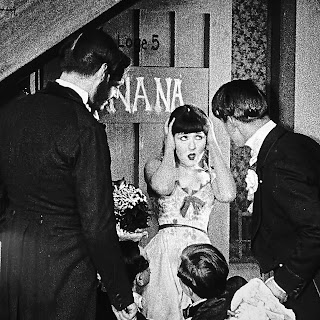An Unsung Masterpiece Rediscovered: Viewing Notes
Adapted from Émile Zola's novel, this definitive movie version of Nana [Jean Renoir, 1926] is a masterpiece, the longest Renoir film, and restores one of the master's earliest successes to a length of 2 hours 49 minutes. What follows are some viewing notes from my recent revisitation of the film,
-The lines of suitors, but with hierarchy.
-The hair on the comb-bristles.
-To liken one film to another usually you move from the later to the earlier. In the case of Nana, it's the opposite. It's absurd to call Shadows Cassavetes' Nana, but it makes all the sense in the world to all Nana Renoir's Shadows.
-Catherine Hessling as influence on Brigitte Helm.
-A flirt without abandon <–> archetype, Godard's Vivre sa vie.
-The horselegs' galloping in closeup, shot with lateral cameras.
-Nana's tawdry chamber with the tinfoil curtains: life is an act. "Stillness Is the Move." Nana exudes kineticism.
-Impressive scene: Vaudeuvre's suicide. The mice will play in the servants' kitchen.
-bal –> balle
-Shot through with moments that can only be planned by one of the greatest of directors — Hessling drunk and being offered all the champagne. One second your eyes awaken, for a detail has snapped you back into focus.
-Muffat, the applauding crowd, and an indifferent assessor who passes through Muffat's frame twice.
-Smallpox: stand-in for syphilis. •












No comments:
Post a Comment
Note: Only a member of this blog may post a comment.